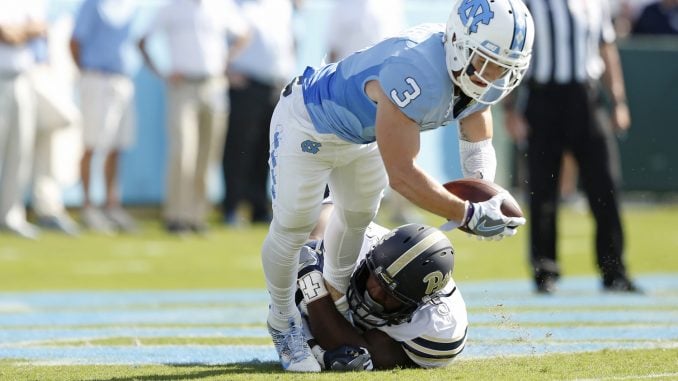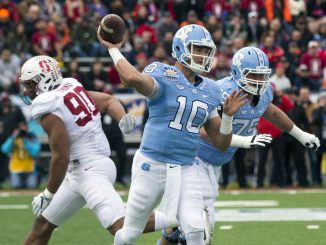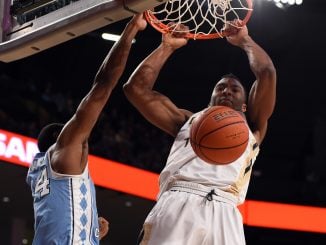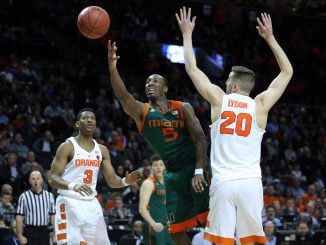
CHAPEL HILL No one is exactly sure what’s the college football record for safeties allowed in a season. The category isn’t even listed in the NCAA record book. It’s at least three, since that’s the FBS mark for most safeties allowed in a game set by Nebraska in 1996, Louisiana-Lafayette in 2003 and Bowling Green in ’05. Whatever the seasonal record is, North Carolina quarterback Mitch Trubisky is certain that he’d prefer his team not pursue it any further than it already has. The Tar Heels have already surrendered three safeties in their first four games this season, including one on their first play from scrimmage in Saturday’s 37-36 win against Pittsburgh. “I don’t know why we lead the country in safeties,” Trubisky said Monday. “We’ve got to fix that, though. That’s not how you want to start a game at all.” Other than getting pinned back inside its own 5-yard line and a lack of execution, there are few similarities in the plays that have cost the Tar Heels a total of six points this season. Against Georgia, the momentum-shifting safety came on an ill-advised screen pass in the end one. Against Illinois, it came on a straight handoff to running back Elijah Hood. Saturday, in the ACC opener against Pitt, UNC dug itself an early 2-0 hole by trying a jet sweep with wide receiver Ryan Switzer. Switzer, who had just run 89 yards on a punt return for a touchdown that was called back by a holding penalty, did what he could to get out of the end zone on his way down, stretching out as far as he could in an attempt to break the plane. But after first being ruled down on the field of play, the call was reversed when replays showed the ball not completely making it out of the end zone. “All those (plays) were planned and worked,” coach Larry Fedora said. “All we need to do is execute them. That’s all there is. Nothing more to it than that, other than to stay out of those (goal line) situations.” In the case of Saturday’s safety, the breakdown in execution was compounded by an athletic play by Pittsburgh’s All-ACC defensive end Ejuan Price. “No. 5 just made a good play,” Trubisky said of Price. “He got through. I think we were supposed to cut him and get him on the ground, but it was a great effort on his part.” Despite the negative results, Fedora defended his play calling on each of the safeties. He said he’d rather risk giving up the two points than giving up on the possession by running quarterback sneaks to create a yard or two buffer from his own end zone. “I think it’s a wasted play,” Fedora said. “Now it’s second-and-long, so I’m almost guaranteeing that I’m punting out of my end zone. I don’t like that. “If you look at the past, what we’ve done, we’ve made some huge plays backed up. For whatever reason, we’re working the other way right now.”NOTE: Safeties allowed is not an official stat, but thanks to the research of the NCAA’s Christopher Radford, here are the nation’s leaders since 2000:2015 Tulane (3); Virginia (3)2014 North Carolina (3)2013 six teams had 22012 North Carolina St. (3); West Virginia (3)2011 7 teams with 22010 North Carolina (3); Vanderbilt (3)2009 Four teams with 32008 Troy (3)2007 North Texas (4)2006 8 teams with 22005 Nebraska, Kansas, Miami (OH) with 32004 9 teams with 22003 Washington St. (4)2002 Four teams with 32001 North Carolina (4)2000 Florida (3); Vanderbilt (3)



